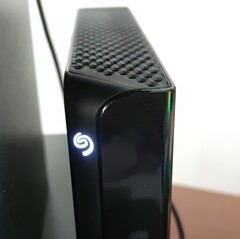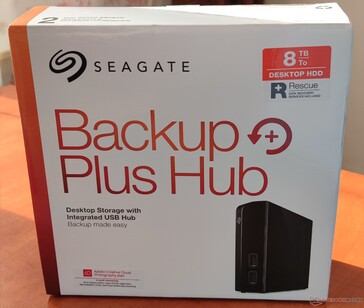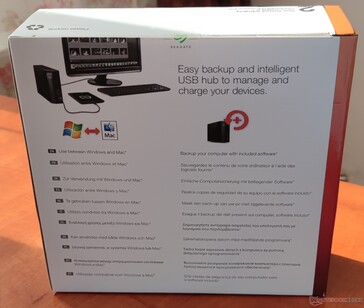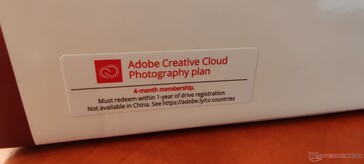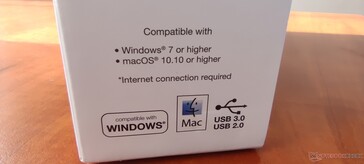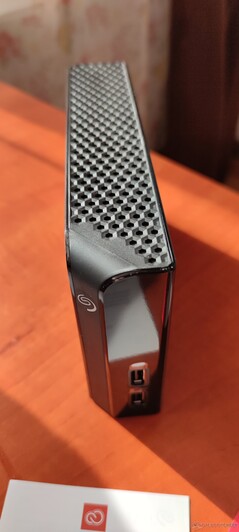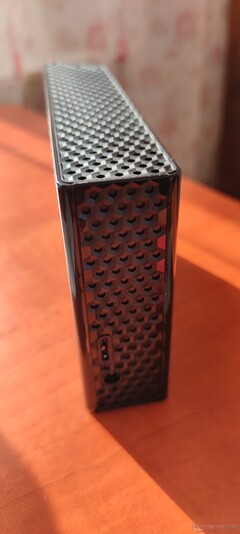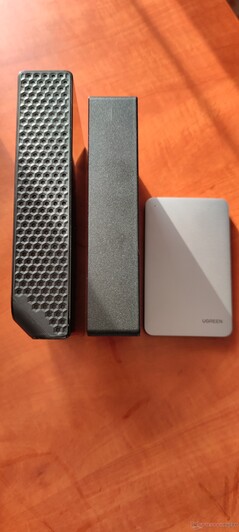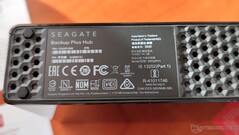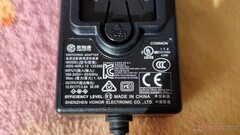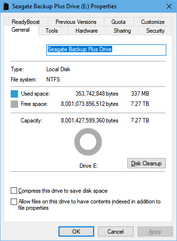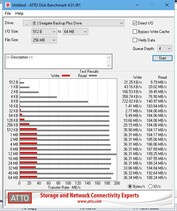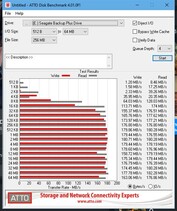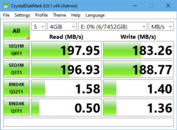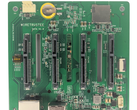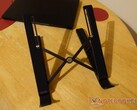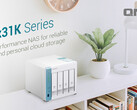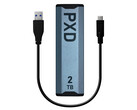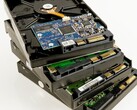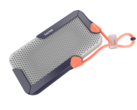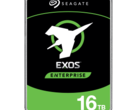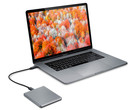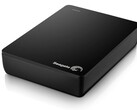Although SSDs have been getting quite affordable over the last few years, the old-school mechanical hard drive refuses to die, at least when it comes to convenient external storage solutions that are usually used for backup. The most interesting part about this technology is that, at least in some cases, external hard drives are sometimes cheaper than the drives inside them. Unfortunately, what appears to be an excellent deal sometimes turns out to require additional care when used on a daily basis and/or some hardware modding that would void the warranty.
Today, we will take a look at the Seagate Backup Plus Hub that I purchased last week for an excellent price of more than 20% less than the Barracuda drive inside the enclosure. Depending on the size, the Backup Plus Hub could also come with an IronWolf Pro or a Barracuda Pro, but my 8 TB unit came with a 5400 RPM non-Pro Barracuda inside.
Packaging & Looks
The Seagate Backup Plus Hub is well protected and its retail box looks nothing out of the ordinary. While it contains information regarding the compatibility of the drive with both Windows and Mac, as well as a sticker that informs the buyer about the 4-month Adobe Creative Cloud Photography Plan that comes for free with the drive (I think that the old 200 GB OneDrive for a year deal was better for the general public), there is not a single word regarding the drive that comes inside. In my case, it was the 5400 RPM Barracuda with 256 MB of cache memory, but the 10 TB Backup Plus Hub should come with a 7200 RPM Barracuda Pro or an IronWolf Pro, as I mentioned earlier.
This external drive is made of glossy black plastic and looks pretty good, but cannot be labeled as "portable" without turning a blind eye to its size and weight. The design is supposed to feature venting holes on the sides and behind, but even if you place fans on the drive, they won't do much to cool it properly (see the video embedded after the article to understand why). The power adapter included in the retail package provides up to 36 W, which should be enough to power the drive and two USB devices (I haven't tried to connect two bus-powered external hard drives and I don't suggest it to anyone, although it will probably work) connected to the USB 3.0 ports located in the front.
Performance & Troubleshooting
After connecting the drive to a Windows computer, everything should work fine at first sight. However, those who pay attention to the transfer speeds or run benchmarks will probably notice the low write speeds that have nothing to do with the USB 3.0 drivers or the low rotational speed of the drive. After spending a few minutes researching the problem, I figured out that the cause of the poor performance I encountered when I connected the drive to my computer was the fact that, by default, it had its write caching feature disabled. After enabling it, everything worked fine, as you can see in the images that show the benchmark results.
Planned obsolescence or not, I must report that this drive has a cooling problem without any doubt. When (almost) idle, it already runs quite hot at 42-43 degrees Celsius (room temperature is 21 and there are no heat sources nearby). Sadly, the temperature goes up to 49 when performing intense writing/reading operations.
Before moving on, I should also add that the Barracuda drive inside my 8 TB Seagate Backup Plus Hub is quite noisy. Not as noisy as my 4 TB enterprise Toshiba drive, but pretty close. It doesn't bother me, but some users might find the sounds generated by this drive quite annoying.
Final thoughts
While I cannot recommend buying the Seagate Backup Plus Hub for daily use scenarios that involve intense read/write operations without taking it apart and solving the heating problem as in the video below, I must highlight the fact that this storage accessory is a great deal overall. If you want a standalone hard drive, just get this one for a better price, tear it apart and get the drive out (you will not get any kind of warranty for it, of course). For connect/backup your files/disconnect scenarios, the Seagate Backup Plus Hub is also an excellent solution as-is.
If you have any questions regarding the angles that I might have missed, feel free to hit the comments section and I will do my best to answer.
Source(s)
Own


